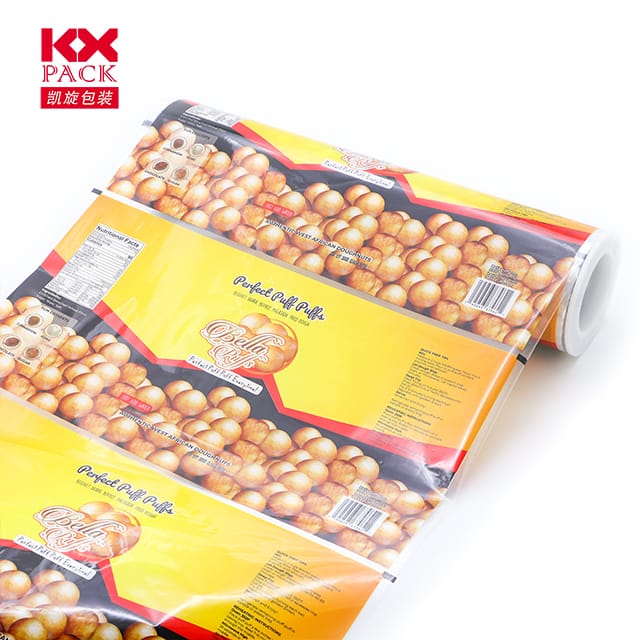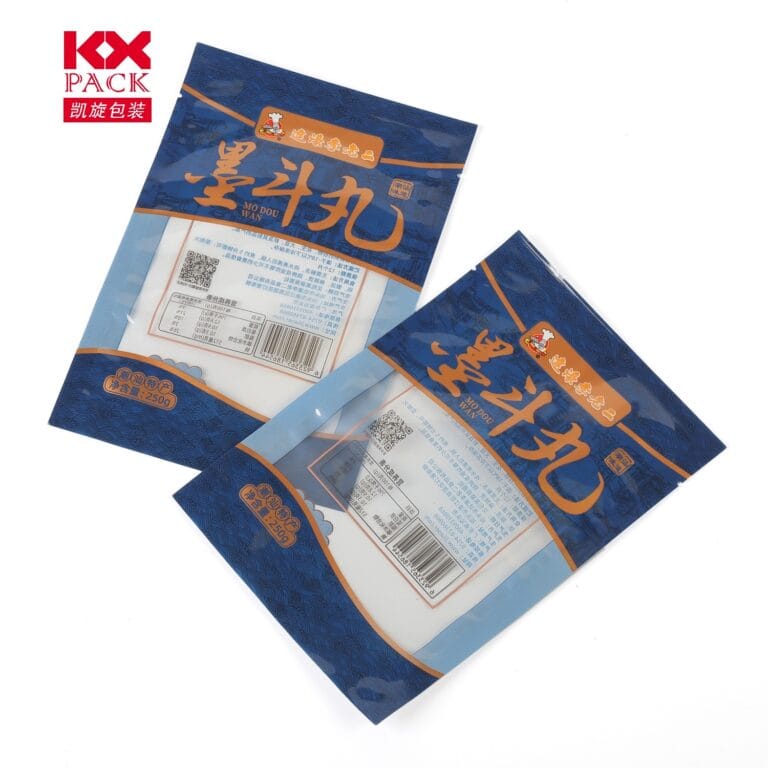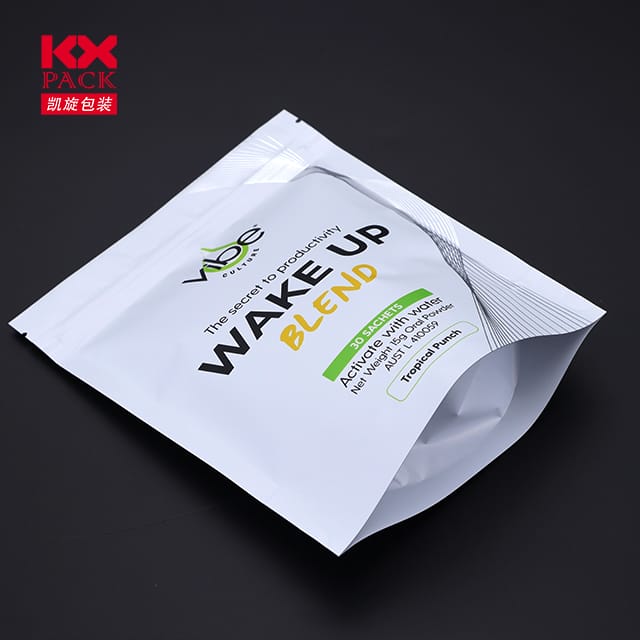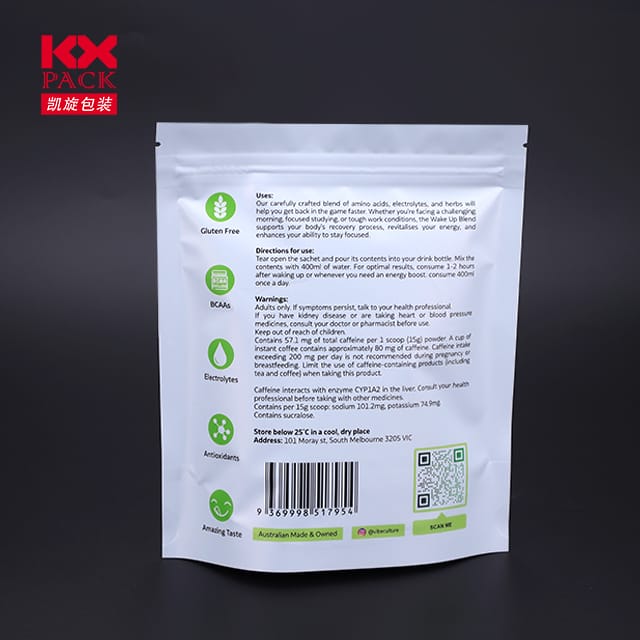包装膜在现代商业中的多功能性和重要性(2)
包装膜
在繁华的现代商业世界中, 产品不断发货的地方, 显示, 并出售, 包装的作用不能夸大. 在无数包装材料中, 包装膜因其多功能性而脱颖而出, 耐用性, 以及对各个行业和应用的适应性. 今天, let’s delve into the intricacies of packaging film, 探索它的类型, 好处, and the crucial role it plays in ensuring the success of businesses and consumer satisfaction.
Packaing film comes in a variety of forms, 每个量身定制以满足特定需求. 聚乙烯 (体育) 电影, 例如, is widely used due to its low cost, 灵活性, and moisture barrier properties. It’s ideal for wrapping foods, protecting goods during transportation, and creating tamper-evident seals. Polyvinyl chloride (PVC) 电影, while less favored due to environmental concerns, offers excellent clarity and tear resistance, making it suitable for packaging cosmetics, 药品, and electronic devices.
可生物降解的电影, 由诸如聚乳酸之类的材料制成 (解放军) 和多羟基烷烃 (PHA), are gaining traction as consumers and businesses become more eco-conscious. These films offer a sustainable alternative, breaking down naturally after disposal, thereby reducing plastic waste.
Oriented polypropylene (欧普) 和聚酯 (宠物) films are known for their high tensile strength and clarity, making them perfect for high-end packaging that requires high visibility and protection against punctures and tears.
Benefits of Using Packaging Film
- 保护和保存: Packaing film acts as a barrier against moisture, 氧, 灰尘, 和污染物, preserving the quality and shelf life of the enclosed products. 这对于食品行业尤为重要, where freshness and hygiene are paramount.
- 多功能性: From thin, flexible wraps to sturdy, multi-layered structures, packaging film can be tailored to fit any product size, 形状, and packaging requirement. It can be printed with branding information, 条形码, and instructional labels, enhancing product appeal and ease of distribution.
- 成本效益: Compared to rigid packaging options, packaging film is often more cost-effective. It requires less material to produce,占用更少的 storage space, and can be easily disposed of or recycled.
- 可持续发展: With the rise of biodegradable and compostable films, businesses can now opt for packaging solutions that align with their sustainability goals. This not only mitigates environmental impact but also appeals to an increasingly eco-aware consumer base.
跨行业的申请
Packaging film finds applications across diverse industries, from food and beverage to electronics, 化妆品, 和医疗保健. 在食品领域, it’s used for wrapping meats, 奶酪, 蔬菜, 和即食餐, 确保新鲜度并延长保质期. 在电子领域, it protects sensitive components from static discharge and physical damage during shipping. Cosmetics and pharmaceuticals benefit from the tamper-evident and child-resistant features of specific packaging films, 确保产品完整性和安全性.
The Future of Packaging Film
As technology advances and consumer preferences evolve, the packaging film industry is poised for innovation. The development of smart packaging films, incorporating features like temperature indicators, freshness sensors, and even active packaging that extends shelf life through antioxidant or antimicrobial properties, is on the horizon. 此外, the push towards circular economy principles will drive the adoption of fully recyclable and biodegradable films, minimizing waste and promoting a healthier planet.
综上所述, packaging film is a cornerstone of modern commerce, 提供混合保护, 多功能性, 成本效益, 和可持续性. Its ability to adapt to the diverse needs of various industries underscores its importance in ensuring product integrity, enhancing consumer experience, and supporting businesses in their pursuit of environmental responsibility. As we move forward, the evolution of packaging film will undoubtedly continue to shape the future of packaging and, by extension, the global economy.







